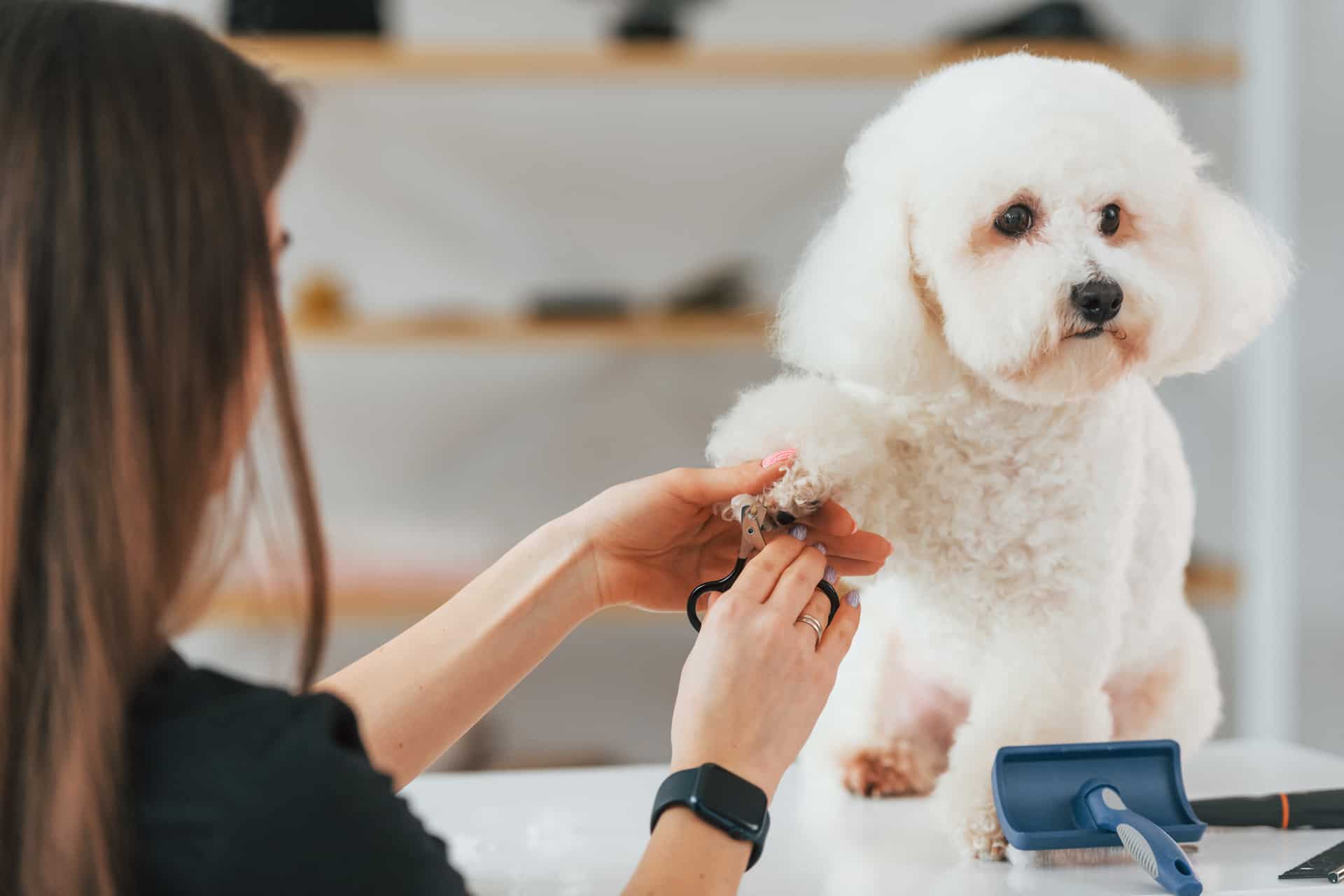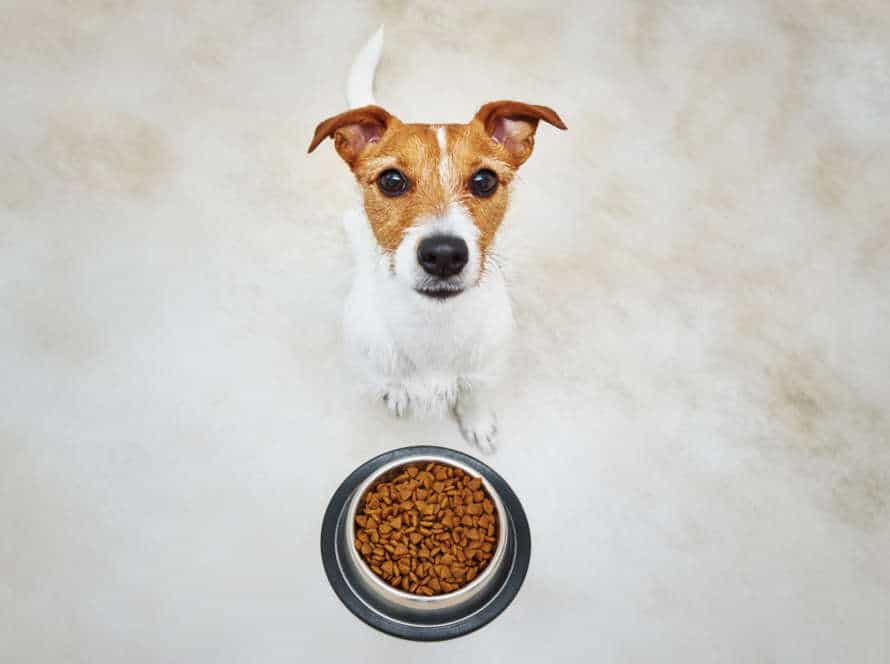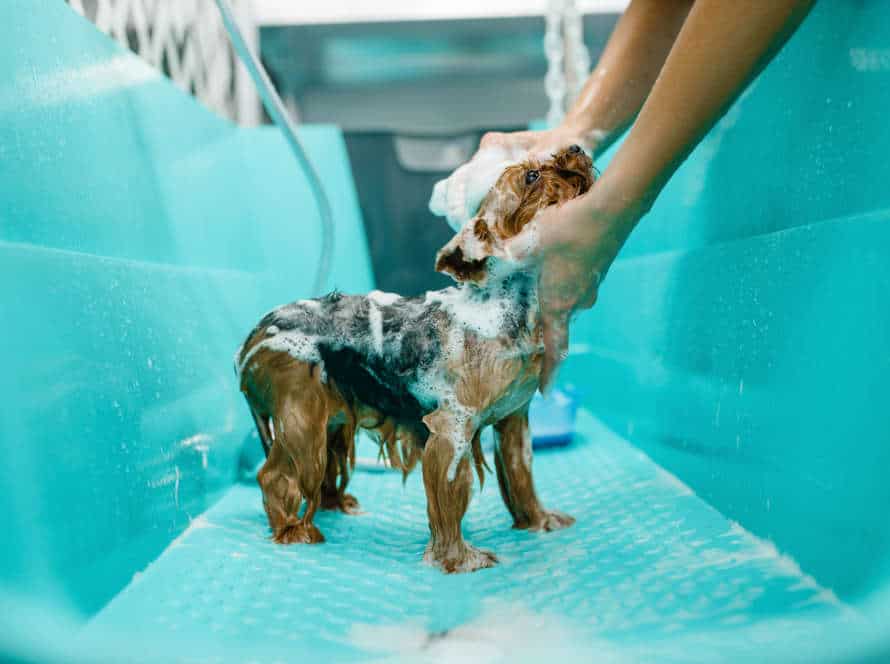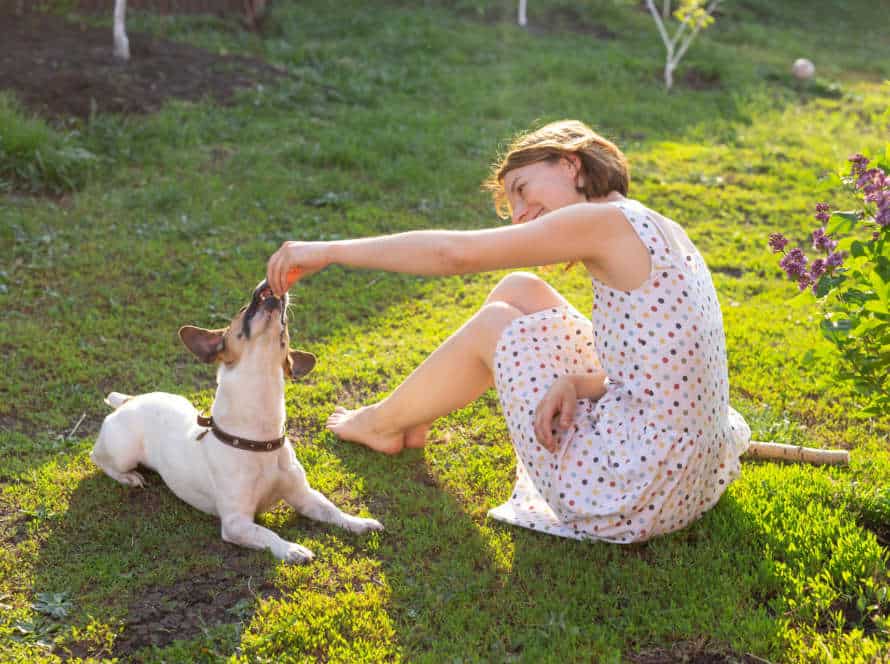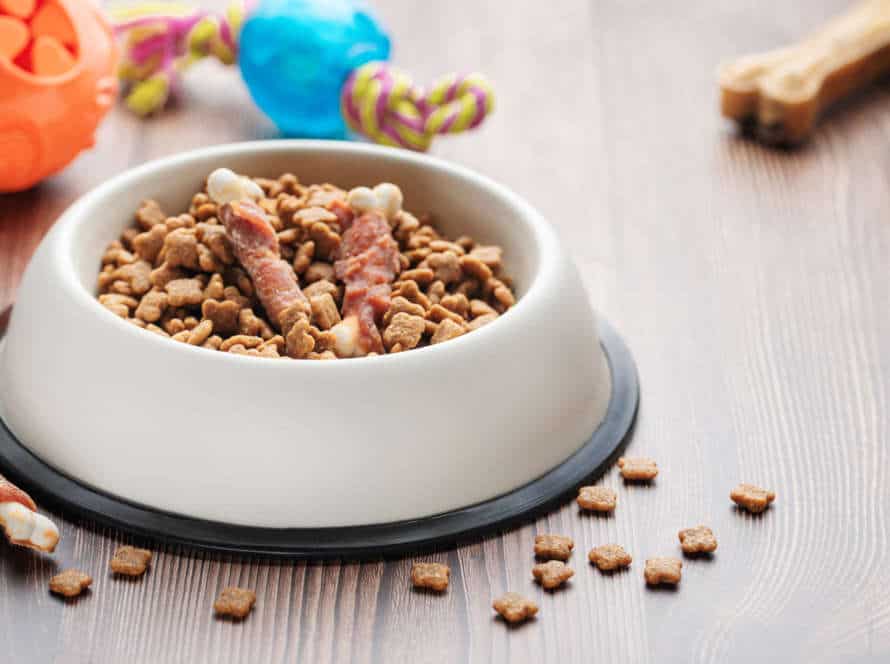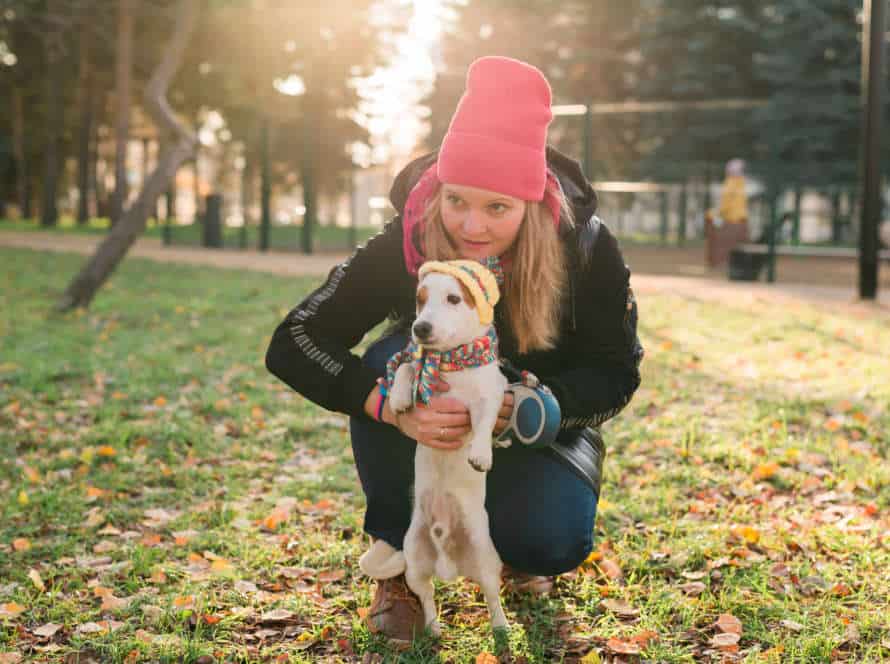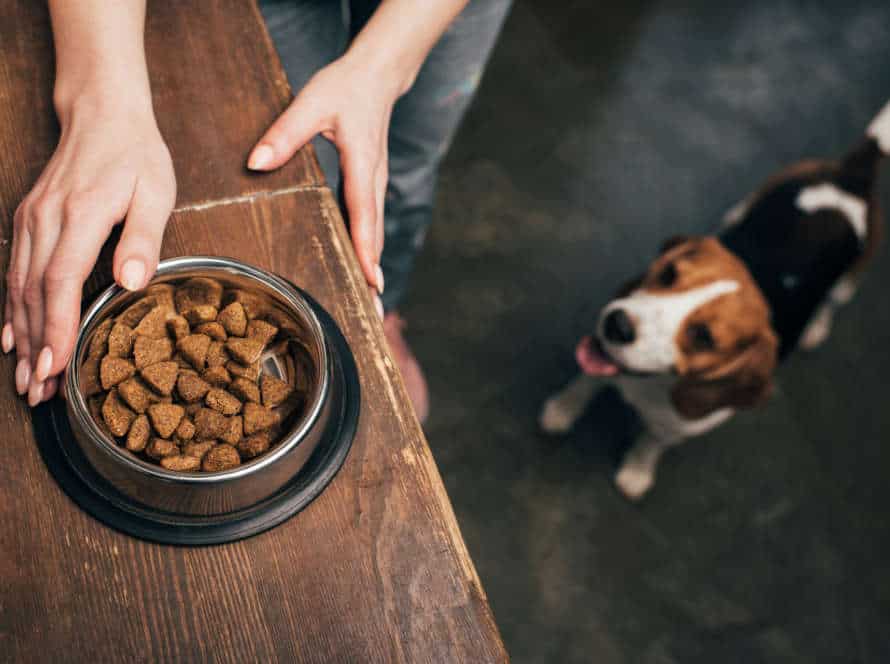The Essentials of Dog Grooming: A Comprehensive Guide
Grooming your pup is essential for their health, happiness and overall well-being. Here’s a guide to help you start grooming your dog at home.
- Brushing: Regular brush-ups maintain the coat and stop it from matting/tangling.
- Bathing: Pick a shampoo that’s kind to their skin and doesn’t take away natural oils. Remember to rinse off properly to avoid any irritation.
- Nail Trimming: Cut the nails to stop discomfort and potential injury. Don’t cut too close to the quick.
- Ear Cleaning: Regular cleaning prevents ear infections and wax/debris buildup.
- Teeth Brushing: Brushing teeth prevents bad breath, decay and gum disease.
Grooming strengthens your bond with your pup and helps you spot any health concerns. Pro Tip: Offer treats and show positivity during grooming for a positive experience!
Understanding Your Dog’s Coat Type
It’s important to know what kind of coat your pup has! Dog coats vary in texture, length, and thickness. Realizing which type your pup has can help you pick the best grooming practices and products. Let’s dive in and examine the different coat types!
Identifying your dog’s coat type
Identifying your pup’s coat type is very important when it comes to grooming. Here are the 5 most common coat types:
- Short Hair: Boxers, Beagles and Dalmatians have glossy coats that shed minimally.
- Long Hair: Afghan Hounds, Yorkshire Terriers, and Lhasa Apsos require extra attention due to tangles and matting.
- Double Coats: German Shepherds and Huskies have a dense undercoat and a long topcoat. Regular grooming is needed to avoid matting and shedding.
- Curly Hair: Poodles and Bichon Frises have continuous curls that need regular trimming and shaping.
- Smooth Coat: Greyhounds and Whippets have a smooth and shiny coat that requires brushing.
Knowing your pup’s coat type is essential for healthy and shiny fur!
How often should you groom your dog based on coat type?
Grooming your pup is a must to keep them healthy and happy. How often depends on their coat type. Short-haired need brushing once a week or every other. Double-coated dogs should groom at least once a week, especially during shedding season. Brushing helps prevent matting. Long-haired and curly-haired pups require weekly grooming and trimming. This keeps their coats tangle free and maintains the shape and texture of the curls! Pro Tip: Grooming not only has aesthetic benefits, but also strengthens the bond between pup and owner.
What tools do you need for grooming based on coat type?
Grooming your pup is vital to keep their fur clean, body healthy and their spirit happy. What tools you need to groom your fur baby depends on the type of coat they have.
Here are the basic grooming tools for each type of coat:
- Short-haired – A rubber curry brush, bristle brush and a shedding blade. Also, scissors or clippers for trimming.
- Long-haired – A slicker brush, wide-toothed comb and scissors/clippers. A de-matting tool and thinning shears to manage mats and tangles.
- Double-coated – A slicker brush, undercoat rake and shedding blade. Thinning shears for trimming.
- Curly-coated – A slicker brush, pin brush and comb. Also, scissors or clippers to trim curls.
Remember: some breeds need special grooming tools. Ask your vet or a professional groomer for advice.
Bathing Your Dog
Bathing your pup is a must for proper grooming! Not only will it keep them clean, but it’s also a great way to bond. Read on for a comprehensive guide on bathing your dog the right way.
How often should you bathe your dog?
How often you bathe your pup depends on a few things. Like their fur type, lifestyle and health. Generally, experts recommend bath time every 3 months to every 3 weeks.
What should you consider when deciding how often?
- Coat type: Pups with oily or double coats need more baths to stay healthy. Whereas those with short, smooth fur require fewer in between.
- Activity level: If your pup is an outdoorsy type, they may need more baths to get rid of debris in the fur.
- Skin conditions: If your dog has any skin allergies or infections, your vet may advise more frequent baths.
Other basics to follow:
- Choose a mild shampoo to keep natural oils.
- Brush fur before bath to avoid tangles.
- Rinse shampoo all the way to avoid irritation.
- Dry off fur properly to prevent infections.
Follow these tips to keep your pup’s fur and skin healthy and clean.
What shampoo should you use for your dog’s coat?
Choosing the right shampoo for your pup’s fur is key for their skin and coat health. Here are some tips to help you find the best one:
- Identify your dog’s coat type – Different breeds have different coat types and textures that need special shampoos.
- Read the label – Look for shampoos made just for dogs, with natural and gentle ingredients.
- Stay away from harsh chemicals – Avoid shampoos with sulfates, parabens, and fake scents, which can harm your pup’s skin.
- Think about your pup’s skin condition – If your dog has allergies, itchy or dry skin, get a medicated shampoo with ingredients like oatmeal or aloe vera.
- Rinse it all out – Make sure to rinse the shampoo completely to avoid any skin problems from leftover soap.
- Pro tip: Ask your vet to know what kind of shampoo is best for your dog’s coat and skin.
How to properly bathe your dog
Bathing your pup is key for their hygiene and health. But do it properly to avoid any harm or pain to your pooch. Here are the steps to follow:
- Choose a spot: Pick a place in your garden or bath tub. Put a rubber mat or towel on the floor to prevent slipping.
- Brush fur: Before wetting, brush their fur to remove tangles, mats, or loose hair.
- Use lukewarm water: Spray or pour lukewarm water on your pup’s fur. Avoid getting water directly on their eyes, ears, and nose.
- Apply shampoo: Gently massage a dog-formulated shampoo into their fur. Be careful not to get near sensitive areas.
- Rinse well: Rinse off the shampoo from your pup’s coat with lukewarm water. No bubbles should be left.
- Dry: Dry their wet fur with a towel or blow dryer. Set the heat on low and avoid contact with skin.
Pro tip: Give treats, praise, and cuddles during their bath for a positive experience.
Brushing Your Dog’s Coat
Brushing your pup’s coat is essential for a healthy pooch. Constant brushing triggers natural oils, eliminates dirt, and gets rid of knots. It also helps lessen shedding! Here are some tips on how to brush your doggo correctly:
The importance of brushing your dog’s coat
Brushing your pup’s fur is an important part of pet grooming. It’s beneficial in many ways!
- It removes loose fur, dirt, and debris.
- Plus, brushing prevents matting and tangles.
- Regular brushing helps to spread natural oils over the fur, which keeps it healthy and moisturized.
- Plus, brushing is a great opportunity to bond with your furry pal and show them some love.
For best results, get a brush made for your pup’s coat type. And make sure to make brushing a regular part of your pet grooming routine.
How often should you brush your dog’s coat?
Grooming your dog is essential for a healthy coat and skin. It depends on the length of the fur.
- Short haired coats need brushing once a week for a shiny coat.
- Medium to long-haired dogs should be brushed 2-3 times a week to avoid hair tangles.
- Breeds with thick coats, like Huskies, Malamutes, or Golden Retrievers, require daily brushing.
It removes dirt, dead hair, and debris, as well as helps build a better relationship between you and your pup.
Pro tip: Introduce brushing early and make it a positive experience with treats or compliments.
What type of brush/comb should you use for your dog’s coat?
Grooming is vital for your pup’s coat to stay healthy and glossy. Picking the right brush/comb is key for their grooming routine. Here are some tips to help you select the right brush/comb for your pup:
- Short-haired dogs? Use bristled brushes or combs with short, tightly packed bristles to get rid of loose fur and debris.
- Long-haired dogs? Slicker brushes or rakes with longer, widely spaced bristles to take away mats, tangles, and loose fur.
- Thick undercoats? A deshedding tool or an undercoat rake to take away loose fur from the undercoat.
- Curly coats? Use a comb with long, widely spaced teeth to detangle and separate curls.
Don’t forget to brush your pup’s coat regularly to stop matting and tangling, and to keep your furry friend clean and healthy.
Trimming Your Dog’s Nails
Nail trimming is a must for your pup’s grooming. It helps keep their nails from growing too long or cracking/splitting. To do it safely and correctly, you need to know the right technique.
This guide will give you the basics of clipping your dog’s nails.
Why is it important to trim your dog’s nails?
Trimming your pup’s claws is a must for proper pet care. Long nails can lead to lots of health problems. Here’s why it’s important:
- To avoid overgrowth and injuries. Curled nails can dig into paw pads, causing pain and infections.
- To keep their posture and gait healthy. Long nails can cause strain on muscles or joints.
- For cleanliness and hygiene. This reduces the risk of infection.
- To make it easier for them to handle their paws. Trimming nails regularly will make this experience less stressful.
It’s essential to keep an eye on their nail growth and maintain cleanliness. Always use the right equipment, lubricate nails before cutting and only trim the tip. Pro tip: Reward your pup with a treat or praise after nail trimming for a positive experience.
How often should you trim your dog’s nails?
Trimming your pup’s nails is a must for their grooming. But, how often should you trim them? Here are some tips:
- Check their nails every two weeks for overgrowth or splitting.
- If you hear them click on the floor, it’s time to trim them.
- Long nails can cause discomfort and pain and make it hard for them to walk and run.
- If you’re not sure how to trim their nails or they have black nails, seek help from a vet or groomer.
What tools do you need for trimming your dog’s nails?
Trimming your pup’s nails is an essential grooming task. Here’s what you need:
- Nail Clippers – guillotine, scissor, or grindstone.
- Styptic Powder – stops bleeding if you cut the quick.
- Treats – help keep pup calm during trimming.
- Leash and Collar – keep pup in place.
- Towel – wrap pup and keep it steady.
Having these tools makes the experience better for both you and your furry friend.
Cleaning Your Dog’s Ears
Cleaning your pup’s ears is a must! Keeping their ears healthy and free from infection and wax build up is key. It’s essential for any dog owner to learn how to do this right.
So, let’s chat about the proper steps for cleaning your pup’s ears. We’ll cover the different cleaners available, how to get the cleaner ready, plus how frequent to clean your doggo’s ears.
Here are the steps to clean your pup’s ears:
- Choose a good ear cleaner that suits your dog’s needs. Be sure to pick a cleaner that is vet-recommended and approved.
- Once you have your cleaner, get your supplies ready. You will need ear cleaner, cotton balls or pads, treats, and possibly gloves.
- Prepare the ear cleaner by shaking the bottle well and warming it to room temperature.
- Next, open your doggo’s ear flap and gently squirt the cleaner inside. You should hear a squishing sound if you’re doing it right.
- Massage the base of the ear gently for about 30 seconds to help the cleaner work its way in and loosen any debris or wax.
- Let your dog shake their head, and then wipe away any excess cleaner and debris with the cotton ball or pad.
- Give your pup a treat to reward them for their cooperation and repeat the process with the other ear.
Remember to clean your doggo’s ears on a regular basis, but it’s important not to overdo it. Check with your vet to determine how frequently your dog’s ears will need cleaning based on their breed, activities, and general health.
Why is it important to clean your dog’s ears?
It’s essential to clean your pup’s ears regularly. Doing so helps stop infections, keeps hygiene high and lets you spot any changes. Here’s why it’s important:
- Prevent infections – Wax, dirt and moisture can make bacteria & yeast grow and cause painful ear infections.
- Good hygiene – Keeping your pup’s ears clean helps to get rid of odors caused by dirt and wax buildup.
- Detect abnormalities – Regular cleaning helps you to find signs of ear mites, tumors or other health issues that need quick medical care.
Remember, cleaning your pup’s ears needs to be done with care, using the right tools and techniques; this avoids hurting or making them uncomfortable.
How often should you clean your dog’s ears?
Cleaning your pup’s ears is part of their grooming routine. How often you do it depends on some factors. Here’s what to think about:
- Breed: Those with floppy ears like Labradors or Spaniels are more prone to infection, so might need more regular cleaning.
- Activity level: If they spend time outside or swimming, extra cleaning could prevent infection.
- Medical history: If they have had infection or allergies, more frequent cleaning is needed.
In general, most dogs need their ears cleaned once a month. But make sure to check their ears regularly and clean them if you notice dirt, wax, or other signs of infection.
Pro tip: Use a gentle, dog-specific ear cleaning solution. Avoid cotton swabs or pushing anything deep into their ear canal, as it can cause injury or infection.
What tools do you need for cleaning your dog’s ears?
Cleaning your pup’s ears is an important part of pet grooming. You’ll need special tools for a safe and successful cleaning. Here are the tools you need:
- Ear cleaner – Pick one your vet recommends that is right for your pup’s breed and ear type.
- Cotton balls or pads – Use these to wipe away the cleaner and dirt from your dog’s ears.
- Tweezers or hemostats – These tools are used to take out hair, dirt, and any foreign objects from your pooch’s ears.
- Gloves – Wear gloves to keep your hands clean and stop the spread of germs.
Pro tip: Talk to your vet before beginning the cleaning process. This way, you’ll have the right tools and techniques for your pup’s needs.
Brushing Your Dog’s Teeth
Brushing your pup’s chompers on the regular is a must for keeping them healthy and happy! Not only does it aid with healthy teeth and gums, but it will also prevent bacteria buildup that causes doggy breath and other dental issues.
In this guide, we’ll review the basics of brushing your pup’s teeth. We’ll cover the type of toothbrush to use and the steps to take when brushing.
- Type of toothbrush to use: Use a toothbrush designed specifically for dogs. A soft-bristled toothbrush is the best option for cleaning your pup’s teeth without damaging their gums.
- Steps to take when brushing:
- Start by getting your dog comfortable with having their mouth handled. Open their mouth and gently touch their teeth and gums with your fingers.
- Introduce the toothbrush, starting with just a few teeth at a time. Use small circular motions to clean the teeth and massage the gums.
- Be sure to brush the outer surfaces of the teeth, as well as the inner surfaces that face the tongue.
- Brush for about 30 seconds on each side of the mouth.
- Finish by giving your pup a treat and lots of praise for being a good dog!
Why is it important to brush your dog’s teeth?
Brushing your pup’s chompers is key to having good oral hygiene and overall fitness. Here are the reasons why it’s important:
- Stops dental diseases: Just like us humans, dogs can get dental diseases like gingivitis, cavities, and periodontitis. Brushing your dog’s teeth wipes away plaque and tartar build-up, which stops these diseases from forming.
- Stops bad breath: Dogs can suffer from bad breath due to poor dental hygiene. Brushing their teeth regularly helps control bad breath and keep their mouths refreshing and clean.
- Saves money: Regular brushing can stop dental diseases, which can be expensive to treat if not taken care of. The cost of toothbrushes and toothpaste is way lower than dental procedures.
- Keeps your dog healthy: Dental diseases can cause other health problems like infection, kidney disease, and even heart disease. By brushing your dog’s teeth, you can help make sure your furry pal has a long and healthy life.
How often should you brush your dog’s teeth?
Brushing your pup’s teeth is a must in dog grooming. Generally, brush your pup’s teeth 2-3 times a week to keep dental health. But, frequency may differ depending on breed, age and current dental health.
- Breed: Some breeds, like poodles and dachshunds, are more prone to dental issues, so more frequent brushing may be needed.
- Age: Older dogs are more susceptible to dental problems, so brushing may need to be done more often for them.
- Dental Health: If your pup already has dental problems, like decay or gum disease, your vet may suggest more frequent brushing.
Always use a toothbrush and toothpaste made for dogs to avoid any reactions. Dental chews, toys and a healthy diet can also help boost dental health.
What tools do you need for brushing your dog’s teeth?
Brushing your pup’s teeth is essential for keeping them healthy. Here’s what you need:
- A Dog Toothbrush: Look for one with soft bristles and a long handle.
- Dog Toothpaste: Human toothpaste is toxic to dogs. Use one specifically for dogs, in yummy flavors.
- Clean Water: Have some nearby for rinsing after brushing.
- Treats: Reward your pup with a treat after brushing.
Pro Tip: Be consistent! Make brushing teeth part of your regular grooming routine.
Frequently Asked Questions
1. What are the essential grooming tools for dogs?
Some essential grooming tools for dogs include a brush, comb, nail clipper, scissors, shampoo, and conditioner.
2. What is the best way to brush my dog’s coat?
The best way to brush your dog’s coat is to start at the head and work your way down to the tail, making sure to untangle any mats or knots as you go. Use a brush that is appropriate for your dog’s coat type.
3. How often should I bathe my dog?
How often you should bathe your dog depends on their breed and coat type. Generally, you should bathe your dog every 3-4 months. Over-bathing can strip the skin’s natural oils, so it’s essential not to bathe them too frequently.
4. How can I keep my dog’s ears clean?
You can keep your dog’s ears clean by wiping them with a cotton ball or soft cloth dampened with a veterinarian-approved ear cleanser. Be gentle and avoid pushing anything into the ear canal.
5. What should I do if my dog’s nails are too long?
If your dog’s nails are too long, you should trim them with a nail clipper specifically made for dogs. Be careful not to clip the quick, which is the vein running through the nail.
6. Can I groom my dog at home, or should I take them to a professional?
You can groom your dog at home, but if your dog has a particularly thick or curly coat, you may want to consider taking them to a professional groomer. Additionally, if you do not feel comfortable trimming your dog’s nails, a groomer or veterinarian can help.

